Home>Furniture>Outdoor Furniture>How To Choose A Hammock
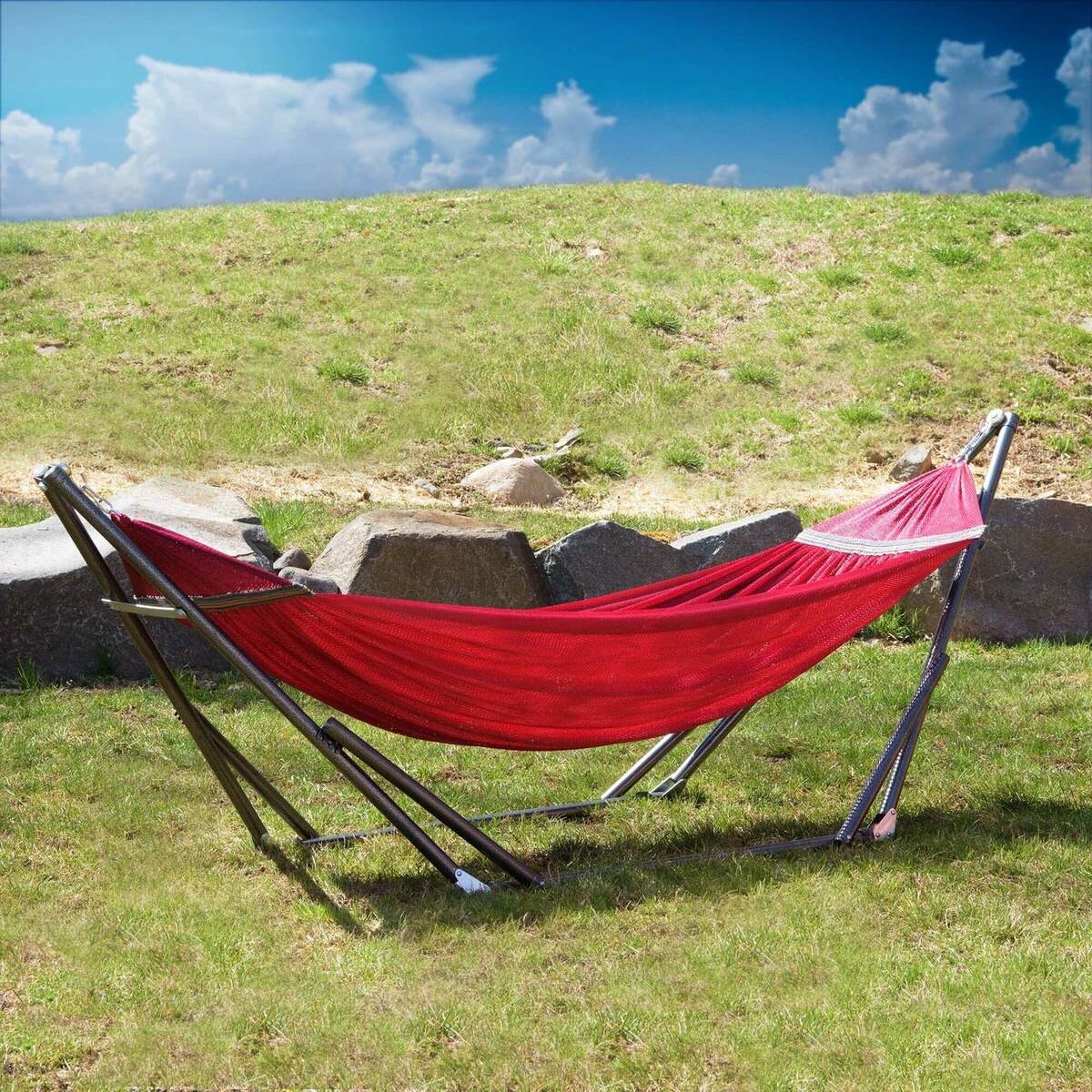

Outdoor Furniture
How To Choose A Hammock
Modified: October 28, 2024
Learn how to choose the perfect hammock for your outdoor furniture needs. Our expert guide will help you make the right choice.
(Many of the links in this article redirect to a specific reviewed product. Your purchase of these products through affiliate links helps to generate commission for Storables.com, at no extra cost. Learn more)
Introduction
Welcome to the ultimate guide on how to choose the perfect hammock for your outdoor relaxation needs. Whether you’re planning to hang a hammock in your backyard, take it on camping trips, or bring it along for a beach vacation, finding the right one can make all the difference in your comfort and enjoyment.
Hammocks have been used for centuries and are a popular choice for outdoor enthusiasts seeking a comfortable and versatile seating option. They offer a unique and relaxing experience, allowing you to sway back and forth while being cradled in the fabric.
With a wide variety of hammocks available on the market, it can be overwhelming to choose the one that best suits your needs. That’s why we have prepared this comprehensive guide to help you navigate through the different factors you should consider before making a purchase.
From the type of hammock to the material, size, suspension system, and much more, we will cover it all to ensure you make an informed decision. So, let’s dive in and discover how to choose the perfect hammock for your outdoor escapades.
Key Takeaways:
- Choose the right hammock by considering type, material, size, suspension, comfort, portability, durability, and price. Find the perfect balance for your outdoor relaxation needs.
- Prioritize comfort, durability, and budget when selecting a hammock. Consider your intended use and personal preferences to ensure years of enjoyable lounging.
Read more: What Is A Hammock
Factors to Consider
When it comes to choosing a hammock, there are several factors to take into consideration to ensure you find the right one for your needs. Let’s explore these factors in detail:
- Hammock Type: There are several types of hammocks to choose from, including rope hammocks, fabric hammocks, camping hammocks, and hammock chairs. Each type offers a different level of comfort and functionality, so it’s important to determine which type suits your preferences and intended use.
- Material: Hammocks can be made from various materials such as cotton, polyester, nylon, or a blend of these. Cotton hammocks offer a soft and comfortable feel, while nylon hammocks are lightweight, quick-drying, and resistant to mold and mildew. Consider the durability, breathability, and weather resistance of the material when making your choice.
- Size and Capacity: Hammocks come in different sizes, ranging from single-person to double-person hammocks. Consider the number of people who will be using the hammock and their combined weight to determine the appropriate size and capacity. Pay attention to the weight limit provided by the manufacturer.
- Suspension System: The suspension system is crucial for safely and securely hanging your hammock. Look for hammocks that come with strong and adjustable suspension straps or ropes, carabiners, and easy-to-use attachment mechanisms. A reliable suspension system ensures stability and prevents accidents.
- Comfort and Support: Comfort is essential when lounging in a hammock. Look for hammocks that have spreader bars, which create a flat surface and prevent awkward cocooning. Additionally, consider the presence of built-in pillows or detachable accessories for added comfort and support.
- Portability and Weight: If you plan on using your hammock for outdoor adventures like camping or hiking, consider its portability and weight. Look for lightweight hammocks that can be easily packed and carried in a backpack. Hammocks with compact storage bags are also convenient for travel.
- Durability and Longevity: Invest in a hammock that is built to last. Look for hammocks with reinforced stitching, strong fabric, and durable hardware. Some hammocks also come with warranties, which is a testament to their quality and durability.
- Price Range: Set a budget that suits your needs and explore hammocks within that range. Keep in mind that prices can vary based on factors like material, brand, and additional features. Don’t compromise on quality for the sake of saving money, as a well-made hammock can provide years of enjoyment.
By considering these factors, you can narrow down your options and make an informed decision that aligns with your preferences and requirements. Now that we have explored the factors to consider, let’s move on to the next section and delve deeper into each factor to help you find the perfect hammock.
Hammock Type
When it comes to hammocks, there are several types to choose from, each offering its unique features and benefits. Understanding the different types will help you determine which one suits your needs and preferences. Here are some popular hammock types:
- Rope Hammocks: These are traditional hammocks made of interconnected ropes. Rope hammocks offer a classic look and a breezy, open design that allows for maximum airflow. However, they may not be as comfortable for extended periods as they lack padding or fabric.
- Fabric Hammocks: Fabric hammocks, also known as quilted hammocks, are made from soft and durable materials like cotton or polyester. They often have a padded surface for enhanced comfort. Fabric hammocks are great for leisurely lounging and provide a cozy and supportive experience.
- Camping Hammocks: Designed for outdoor enthusiasts, camping hammocks are lightweight, compact, and easy to set up. They are made from durable and breathable materials like nylon, making them suitable for camping, backpacking, or any adventure where portability is essential.
- Hammock Chairs: Hammock chairs are a variation of traditional hammocks. They feature a chair-like design with a spreader bar at the top and a seat that you can sit or recline on. Hammock chairs are a great choice if you prefer a more upright seating position or have limited space.
Consider your intended use and personal preferences when selecting a hammock type. If you want a timeless and airy aesthetic, a rope hammock might be the right choice. If you prioritize comfort and want to relax for long hours, a fabric hammock would be ideal. For those who enjoy camping or outdoor activities, a camping hammock offers the convenience of portability. And if you’re looking for a unique seating option, a hammock chair provides a cozy and stylish alternative.
Now that we have explored the different types of hammocks, you can narrow down your options based on your specific needs and preferences. Continue reading to learn more about the other factors to consider when choosing a hammock.
Material
The material of a hammock plays a significant role in its comfort, durability, and weather resistance. Choosing the right material will ensure that your hammock can withstand the elements and provide a cozy experience. Here are some common materials used in hammock construction:
- Cotton: Cotton is a popular choice for hammock material due to its natural softness and breathability. Cotton hammocks offer a comfortable and cozy feel against the skin, making them perfect for lounging on a warm summer day. However, cotton is not as resistant to the elements as synthetic materials and may require more maintenance.
- Polyester: Polyester is a synthetic material known for its durability and resistance to fading and mildew. Polyester hammocks are easy to clean and dry quickly, making them suitable for outdoor use. Additionally, they offer excellent color retention and are less likely to stretch over time.
- Nylon: Nylon is a lightweight and strong synthetic material commonly used in camping hammocks. It is highly resistant to tears and abrasion, making it ideal for rugged outdoor adventures. Nylon hammocks are also quick-drying and resistant to mildew, making them suitable for humid or wet environments.
- Blends: Some hammocks are made from a blend of materials, such as cotton-polyester or nylon-cotton blends. These blends aim to combine the benefits of different materials, such as the softness of cotton with the durability of synthetic fibers. Blended hammocks can offer a good balance of comfort and performance.
Consider the climate and intended use of the hammock when selecting the material. If you plan to use your hammock in a humid or wet environment, nylon or polyester would be better choices as they are more resistant to moisture and mildew. If you prioritize comfort and a natural feel, cotton may be the ideal option. Additionally, pay attention to the weight capacity and care instructions provided by the manufacturer to ensure the longevity of the hammock.
Now that you have knowledge of different materials used in hammocks, you can make an informed decision based on your specific needs and preferences. Let’s move on to the next section and explore the importance of size and capacity when choosing a hammock.
Size and Capacity
The size and weight capacity of a hammock are crucial considerations to ensure optimal comfort and safety. Different hammocks come in various sizes and have weight limits that determine their suitability for single or multiple users. Let’s explore the importance of size and capacity when choosing a hammock:
Size: Hammocks come in different sizes, ranging from single-person to double-person or even family-sized hammocks. Consider how many people will be using the hammock at once and whether you prefer a cozy or spacious seating area. If you primarily plan to use the hammock alone, a single-person hammock will be sufficient. However, if you want the option to share the hammock with a partner or have extra space to stretch out, a double-person hammock would be more appropriate.
Weight Capacity: Each hammock has a specified weight capacity that indicates the maximum load it can safely hold. It’s essential to consider the combined weight of the users who will be occupying the hammock. Be sure to choose a hammock with a weight capacity that is higher than your combined weight to ensure stability and safety during use. Keep in mind that the weight capacity may vary depending on the type and construction of the hammock, so always check the manufacturer’s guidelines.
When determining the size and capacity of a hammock, also consider the length and width of the hammock bed itself. Some hammocks are designed to provide a cocoon-like feel, while others offer a flatter surface for a more relaxed lounging experience. Take your preferred position and comfort level into account to find the right size hammock for your needs.
By considering the size and weight capacity, you can ensure that your hammock provides a comfortable and secure seating area for you and your companions. In the next section, we will discuss the importance of the suspension system in a hammock and how it can affect your overall experience.
Read more: How To Get On A Hammock
Suspension System
The suspension system of a hammock is responsible for how it is hung and the level of stability and adjustability it offers. A reliable suspension system is essential for safely and securely setting up your hammock. Here’s why the suspension system is an important factor to consider:
Straps or Ropes: Most hammocks come with straps or ropes that attach to the trees or anchor points. These straps should be strong, durable, and adjustable to suit different distances between anchor points. Look for hammocks that come with high-quality straps or ropes that can securely hold the weight of the hammock and the occupants.
Carabiners or Hooks: The hammock’s suspension system is often connected to the straps or ropes using carabiners or hooks. These components should be sturdy and easy to use, allowing for quick and secure attachment. Check the weight capacity of the carabiners or hooks to ensure they can handle the load of the hammock.
Adjustability: An adjustable suspension system enables you to easily find the ideal height and tension for your hammock. This feature allows for customization based on personal preference or the particular environment in which you are setting up the hammock. Look for hammocks with adjustable straps or multiple attachment points for optimal flexibility.
Ease of Setup: Consider how easy and convenient it is to set up the hammock’s suspension system. Look for hammocks that come with clear instructions or even color-coded straps to simplify the setup process. Quick and hassle-free setup is particularly important for camping or on-the-go use.
The suspension system not only affects the stability and safety of your hammock but also impacts the level of comfort and convenience during setup. Ensure that you choose a hammock with a reliable and user-friendly suspension system that suits your specific needs.
Now that we have covered the importance of the suspension system, let’s explore the factors to consider for comfort and support in a hammock.
When choosing a hammock, consider the weight capacity to ensure it can support your body weight. It’s important to also consider the material, size, and intended use to find the best hammock for your needs.
Comfort and Support
Comfort and support are essential considerations when choosing a hammock, as they directly impact your overall lounging experience. Here are some factors to consider regarding comfort and support:
Spreader Bars: Some hammocks come with spreader bars, which are wooden or metal bars that spread out the fabric and create a flat surface to lie on. Spreader bars ensure a more open and comfortable seating position, as they prevent the hammock from cocooning around you. If you prefer a flatter and more traditional hammock experience, look for a hammock with spreader bars.
Fabric Type: The type of fabric used in the hammock plays a role in its comfort and support. Look for hammocks made from soft and breathable materials that provide a pleasant sensation against your skin. Consider whether you prefer a hammock with a padded surface for extra cushioning or a thinner material for a more lightweight and breathable feel.
Additional Accessories: Some hammocks come with built-in pillows or detachable accessories that enhance comfort and support. These accessories provide extra cushioning and neck support for a more relaxing experience. Consider whether you would benefit from these additional features and choose a hammock that offers the level of support you desire.
Weight Distribution: Pay attention to how weight is distributed in the hammock. Look for hammocks that provide even weight distribution, ensuring that pressure points are minimized and your body is properly supported. This will help prevent discomfort and strain, allowing you to fully enjoy your time in the hammock.
Personal Preferences: Comfort is subjective, so consider your personal preferences when selecting a hammock. Do you prefer a hammock that allows you to lie flat for a nap, or do you enjoy the gentle sway and cocooning feeling of a more enveloping hammock? It’s important to prioritize your own comfort preferences to find the hammock that best suits your needs.
Remember to test out different hammocks and seating positions to find the one that provides the most comfortable and supportive experience for you. Comfort is key when it comes to enjoying your time in a hammock, so take the time to choose wisely.
Now that we have discussed comfort and support, let’s move on to the next section and explore the importance of portability and weight when choosing a hammock.
Portability and Weight
Portability and weight are important factors to consider when choosing a hammock, especially if you plan on taking it on outdoor adventures or travels. Here’s why portability and weight are crucial:
Travel-Friendly Design: If you intend to use your hammock on camping trips, backpacking expeditions, or beach vacations, choosing a hammock with a travel-friendly design is essential. Look for hammocks that are lightweight, compact, and easy to pack. Hammocks that come with a storage pouch or stuff sack are particularly convenient for transportation and storage.
Weight Capacity: While considering the weight and portability of your hammock, be sure to also check its weight capacity. Ensure that the hammock can safely and securely hold the weight of the intended users. It’s crucial to balance portability with a weight capacity that meets your requirements.
Material: The material of the hammock can contribute to its weight and portability. Lightweight materials like nylon are often preferred for their low weight and compactness. However, keep in mind that certain materials may sacrifice some durability or comfort for the sake of weight reduction. Consider the trade-offs between weight and other factors such as durability, weather resistance, and comfort.
Setup and Takedown: Consider how easy and quick it is to set up and take down the hammock. Look for hammocks that come with clear instructions and user-friendly features. Quick and hassle-free setup is particularly important when you’re on the go, allowing you to spend more time enjoying your outdoor activities.
Accessories and Storage: Some hammocks come with additional accessories or features that contribute to portability. These may include integrated storage pockets for storing essentials, loops or hooks for attaching gear, or mosquito nets to keep bugs at bay. Consider whether these additional features enhance the portability and functionality of the hammock for your specific needs.
By considering the portability and weight of your hammock, you can ensure that it fits seamlessly into your outdoor lifestyle and travels. Look for lightweight and compact options without compromising on other important factors such as comfort and durability.
Now that we have covered portability and weight, let’s move on to the importance of durability and longevity when choosing a hammock.
Durability and Longevity
When investing in a hammock, it’s important to consider its durability and longevity. A durable hammock will withstand the test of time and provide you with years of enjoyable use. Here are some factors to consider regarding durability and longevity:
Construction: Examine the construction of the hammock, paying attention to the quality of the stitching, seams, and overall craftsmanship. Look for hammocks with reinforced stitching, double or triple stitching, and strong seams. A well-constructed hammock is less likely to suffer from tears or fraying, ensuring its longevity.
Material Quality: The quality of the materials used in the hammock significantly affects its durability. Look for hammocks made from high-quality fabrics that are resistant to tearing, fading, and mildew. Ensure that the hardware components, such as carabiners or hooks, are made from durable materials that can withstand frequent use without corroding or breaking.
Weather Resistance: Consider the weather resistance of the hammock, especially if you plan on leaving it outside for extended periods. Look for hammocks that are designed to be resistant to UV rays, moisture, and mildew. This will help prevent damage and ensure that the hammock remains in good condition even when exposed to outdoor elements.
Brand Reputation: Research the reputation of the brand or manufacturer of the hammock. Look for brands that have a long-standing presence in the industry and positive reviews from customers. A reputable brand is more likely to produce hammocks that are durable and reliable.
Warranty: Check if the hammock comes with a warranty. A warranty is an indication of the manufacturer’s confidence in their product. It provides you with peace of mind and assurance that the hammock is built to last. Make sure to read and understand the terms and conditions of the warranty before making your purchase.
Prioritizing durability and longevity will ensure that your hammock remains in excellent condition and provides you with years of enjoyment. By selecting a hammock made with high-quality materials and sturdy construction, you can confidently rely on its durability for your outdoor relaxation needs.
Now that we have discussed durability and longevity, let’s move on to the importance of considering the price range when choosing a hammock.
Read more: How To Sit In A Hammock
Price Range
When choosing a hammock, it’s important to consider your budget and the price range that fits within it. Hammocks come in a wide range of prices, depending on factors such as brand, material, size, and additional features. Here are some points to consider regarding the price range:
Quality vs. Budget: It’s crucial to strike a balance between your desired quality and your budget. While it can be tempting to opt for the cheapest option, keep in mind that a higher-quality hammock is likely to provide better durability, comfort, and overall satisfaction. Assess your needs and priorities to determine the level of quality you’re willing to invest in.
Brand and Reputation: Higher-priced hammocks often come from reputable brands that have established themselves in the market. These brands have a track record of producing reliable and durable hammocks backed by excellent customer service. While you may pay a premium for the brand name, you can have confidence in the quality of the product.
Additional Features: The price of a hammock can increase if it comes with extra features or accessories, such as built-in pillows, storage pockets, or mosquito nets. Consider whether these features are essential to your hammock experience or if they are nice-to-have additions that justify a higher price.
Long-Term Investment: Consider the long-term value and longevity of the hammock. While a higher priced hammock may require a larger upfront investment, it can provide you with many years of reliable use. Quality materials and construction often result in a longer lifespan, saving you money in the long run compared to purchasing cheaper hammocks that may need frequent replacement.
Sales and Discounts: Keep an eye out for sales, discounts, or promotions. Many retailers offer seasonal discounts or special promotions that can make a higher-priced hammock more affordable. It’s worth taking the time to compare prices and explore different purchasing options to find the best deals.
Ultimately, the price range for a hammock will vary depending on your individual budget and priorities. It’s important to find the right balance between cost and quality to ensure that you’re getting the best value for your money.
Now that we have discussed the factors to consider when choosing a hammock, you have the knowledge needed to make an informed decision. Remember to carefully assess your needs, preferences, and budget to find the perfect hammock that will provide you with comfort and relaxation for years to come.
Thank you for reading our comprehensive guide on how to choose a hammock. Happy hammocking!
Conclusion
Choosing the perfect hammock for your outdoor relaxation needs requires careful consideration of various factors. By taking into account the hammock type, material, size and capacity, suspension system, comfort and support, portability and weight, durability and longevity, and price range, you can find a hammock that suits your preferences and ensures a comfortable and enjoyable experience.
When selecting a hammock, think about how and where you plan to use it. Consider whether you prefer a traditional rope hammock or a fabric hammock with spreader bars for a flatter surface. Evaluate the materials used and choose between cotton, polyester, or nylon based on durability, breathability, and weather resistance.
Pay attention to the size and weight capacity of the hammock, ensuring it can comfortably accommodate the intended number of users. Verify the quality and adjustability of the suspension system, as this will determine the stability and ease of setup. Consider additional features such as built-in pillows or storage pockets to enhance your comfort and convenience.
Portability and weight are crucial if you plan to take your hammock on camping trips or travels. Look for lightweight and compact options that are easy to set up and take down. Prioritize durability and longevity by choosing hammocks made with high-quality materials and sturdy construction.
Lastly, establish a budget and compare prices to find a hammock that aligns with your financial resources. Remember that investing in a higher-quality hammock can provide better long-term value and satisfaction.
In conclusion, choosing the perfect hammock involves finding the right balance between your needs, preferences, and budget. Consider the factors discussed in this guide to make an informed decision that will result in years of relaxation and enjoyment in your outdoor oasis.
Now that you have all the knowledge needed, it’s time to find your ideal hammock and embark on countless hours of tranquil lounging and well-deserved rest in the great outdoors. Happy hammocking!
Frequently Asked Questions about How To Choose A Hammock
Was this page helpful?
At Storables.com, we guarantee accurate and reliable information. Our content, validated by Expert Board Contributors, is crafted following stringent Editorial Policies. We're committed to providing you with well-researched, expert-backed insights for all your informational needs.
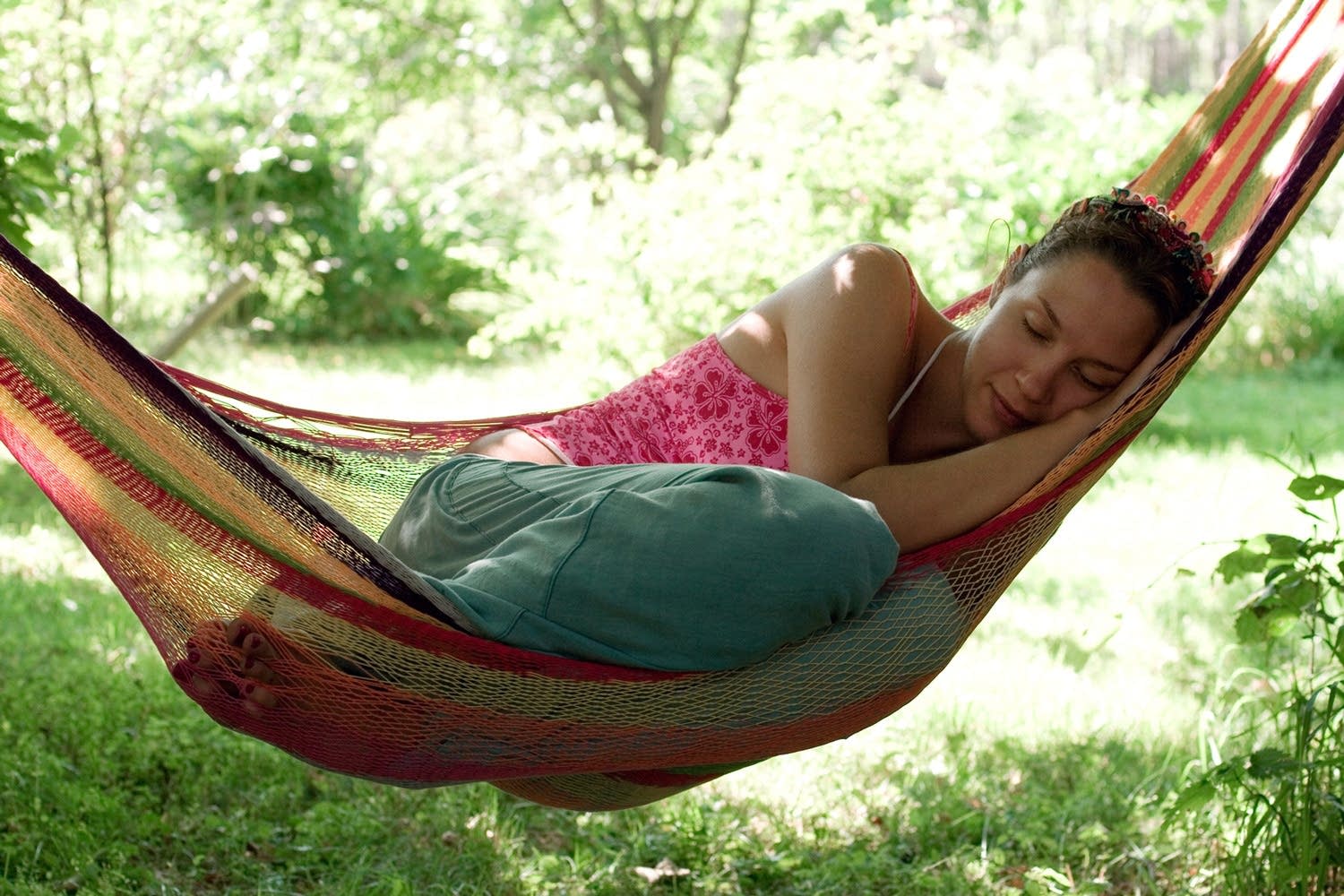
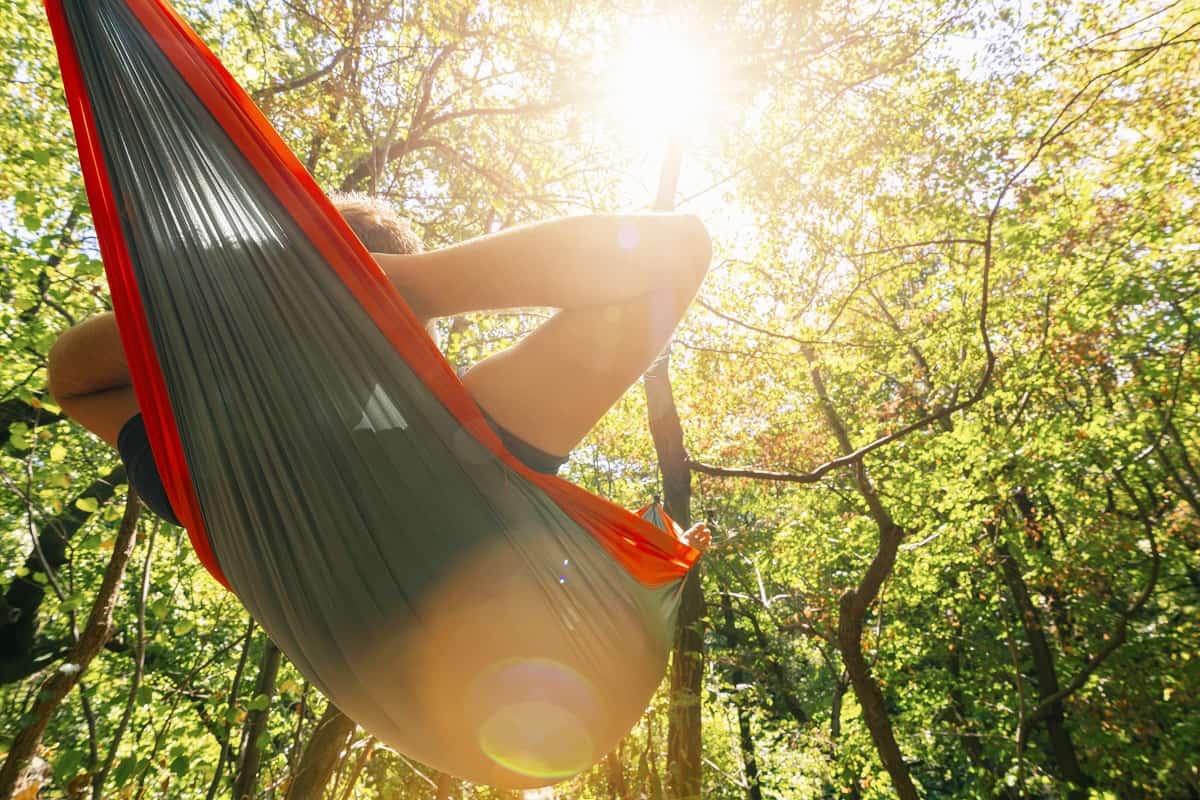

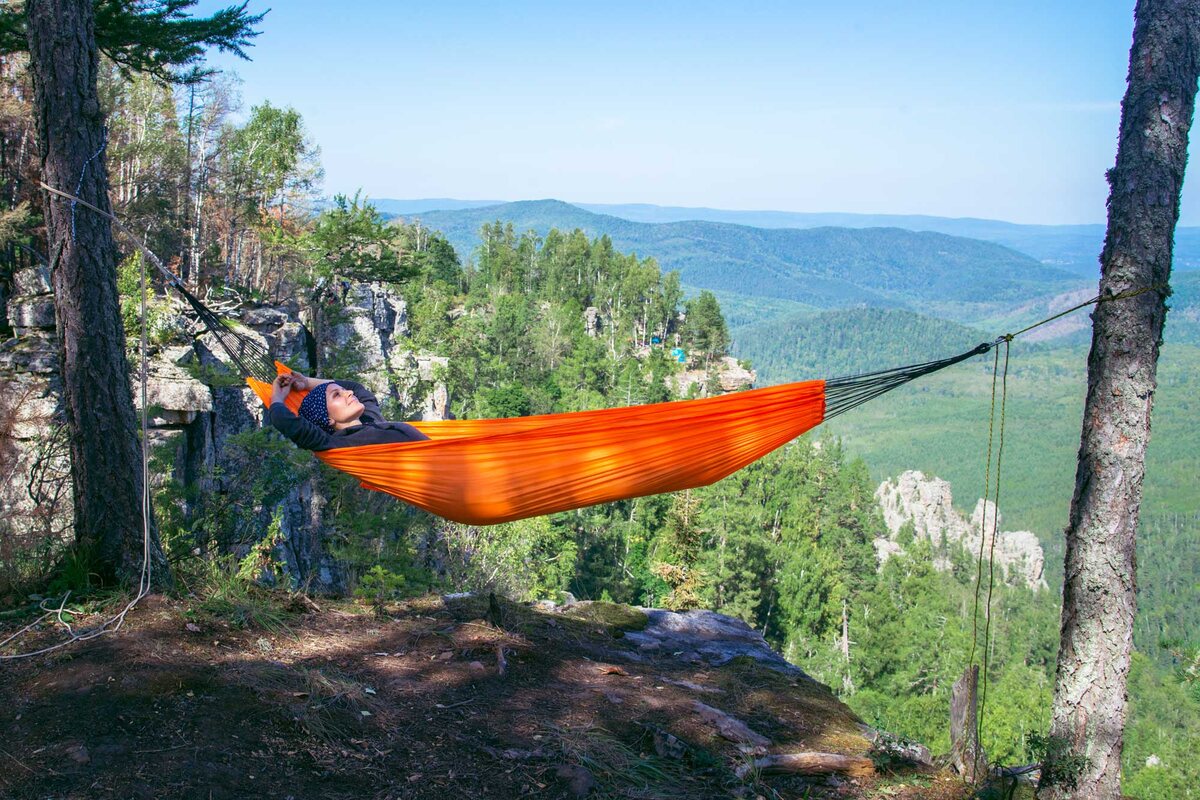
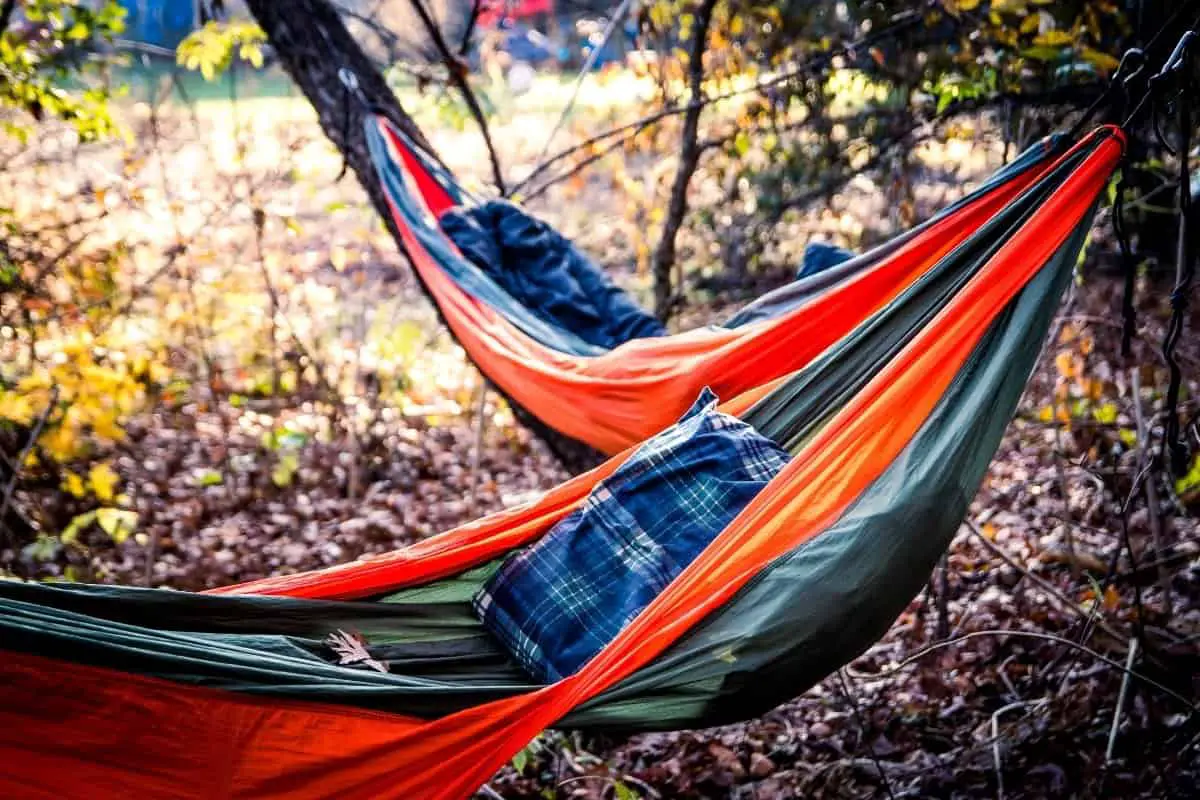

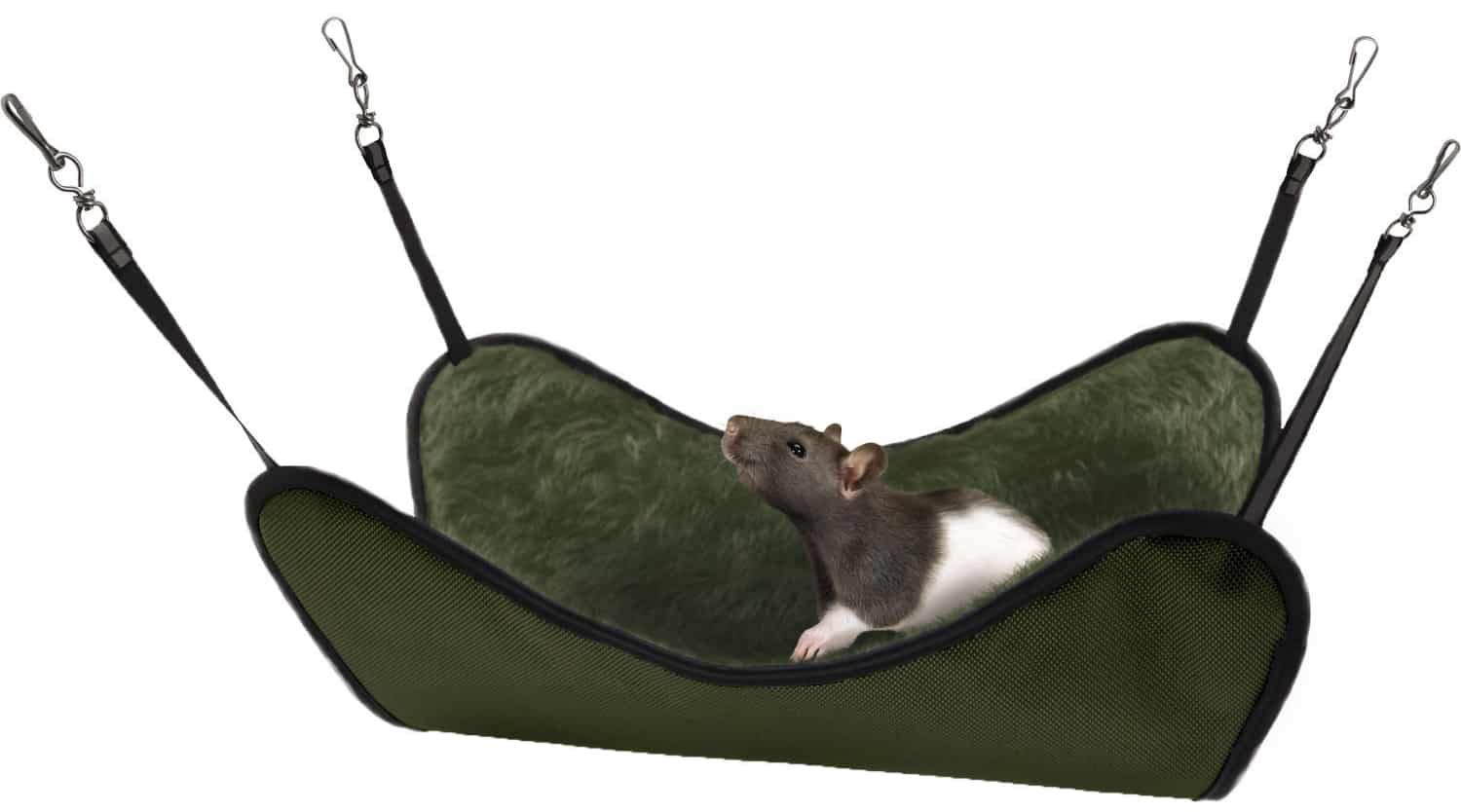
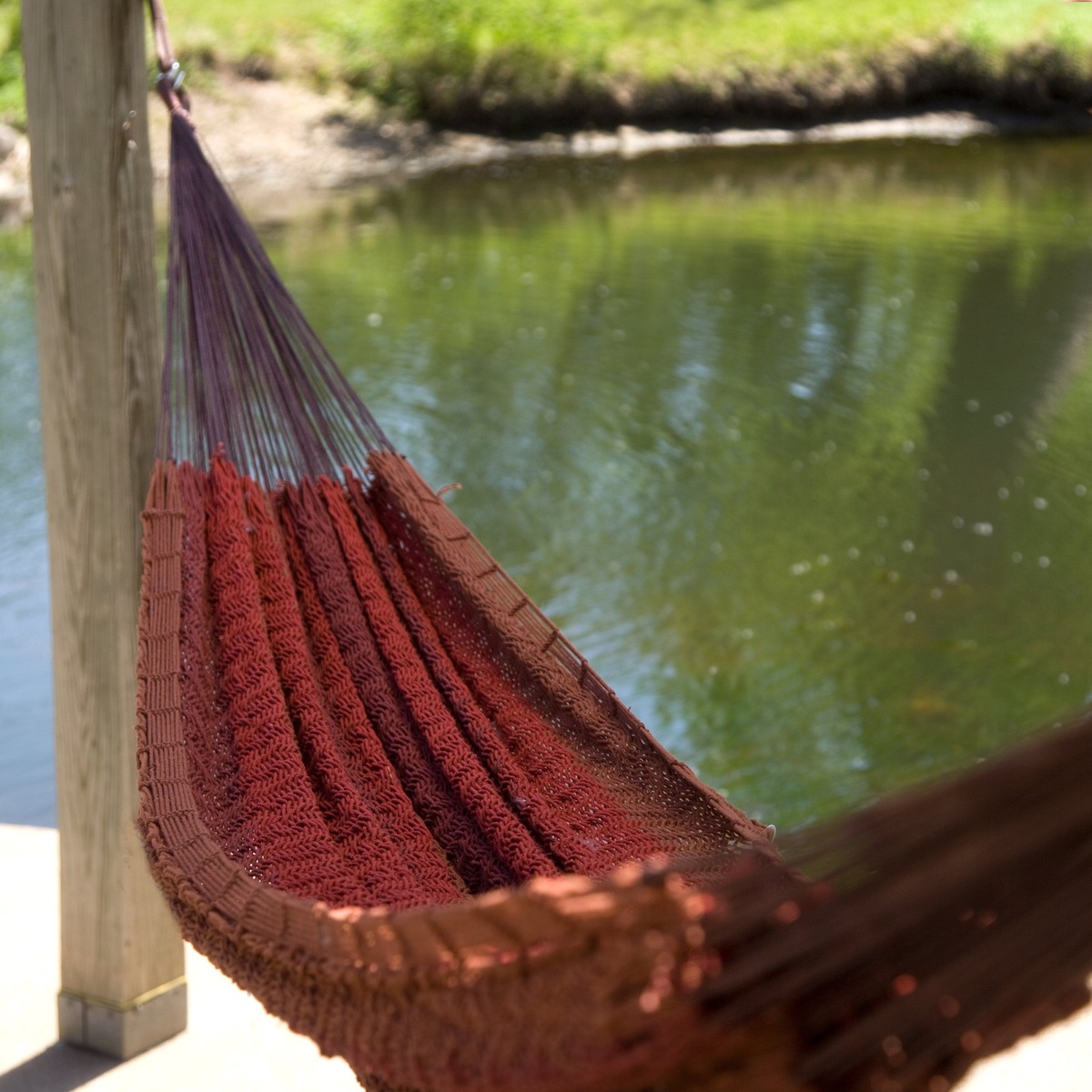
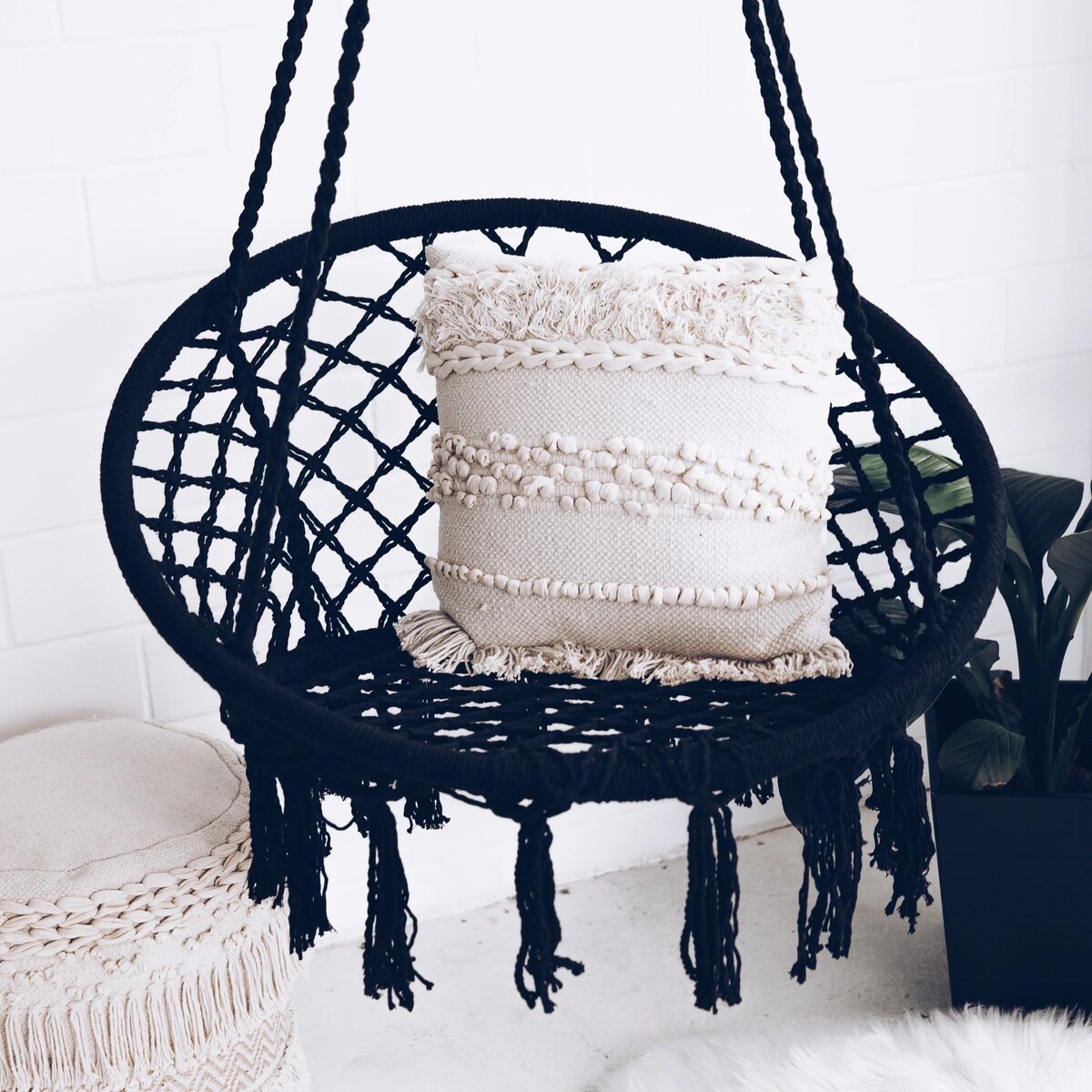
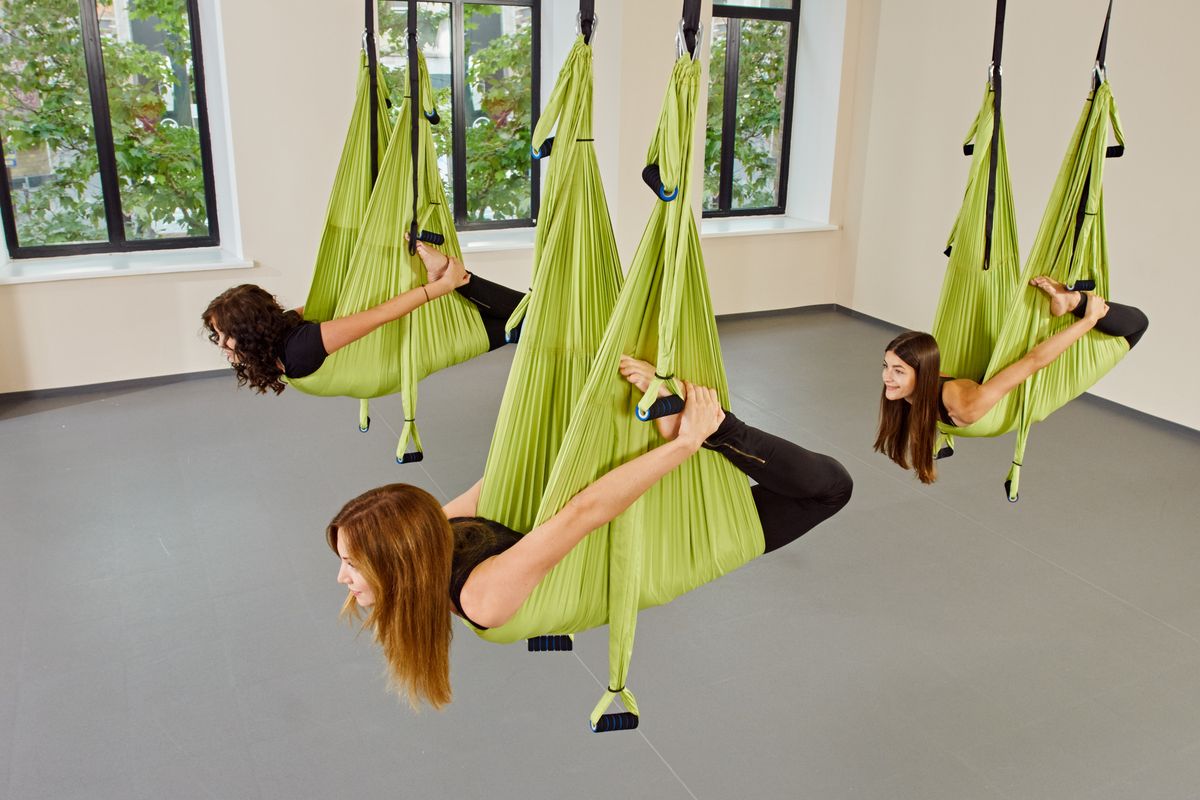
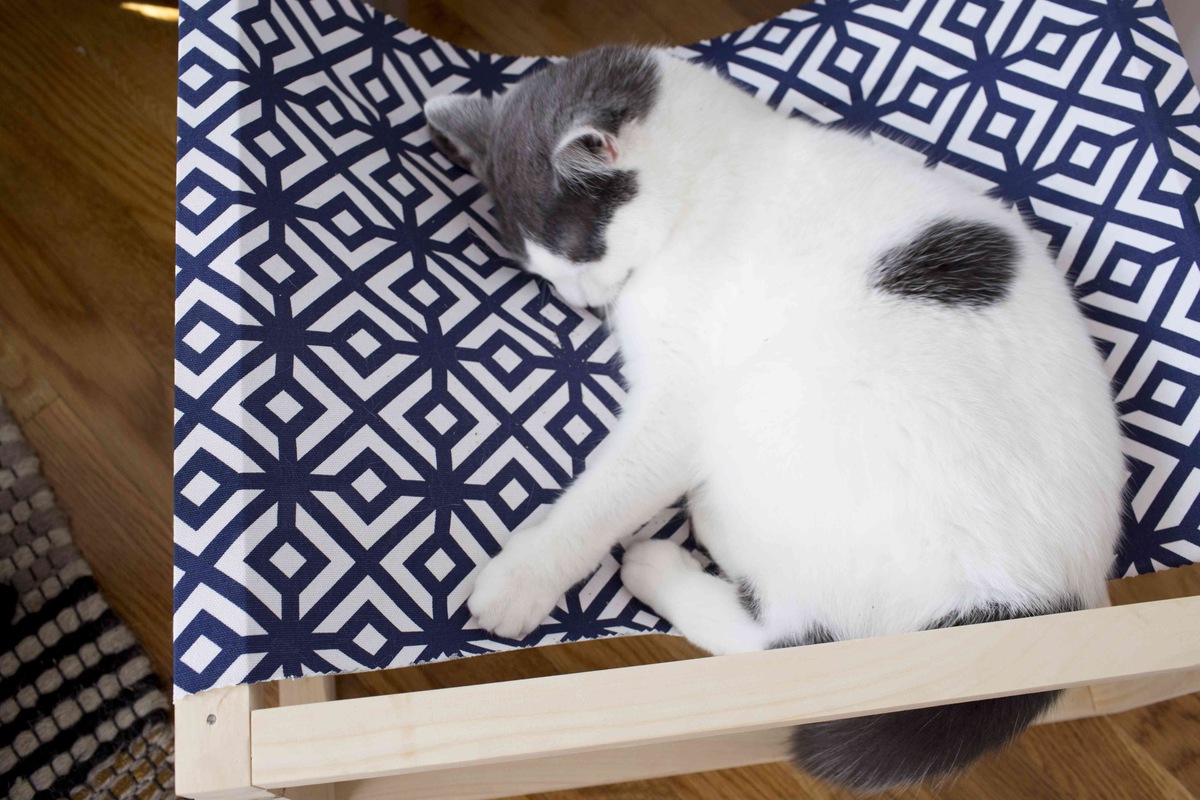
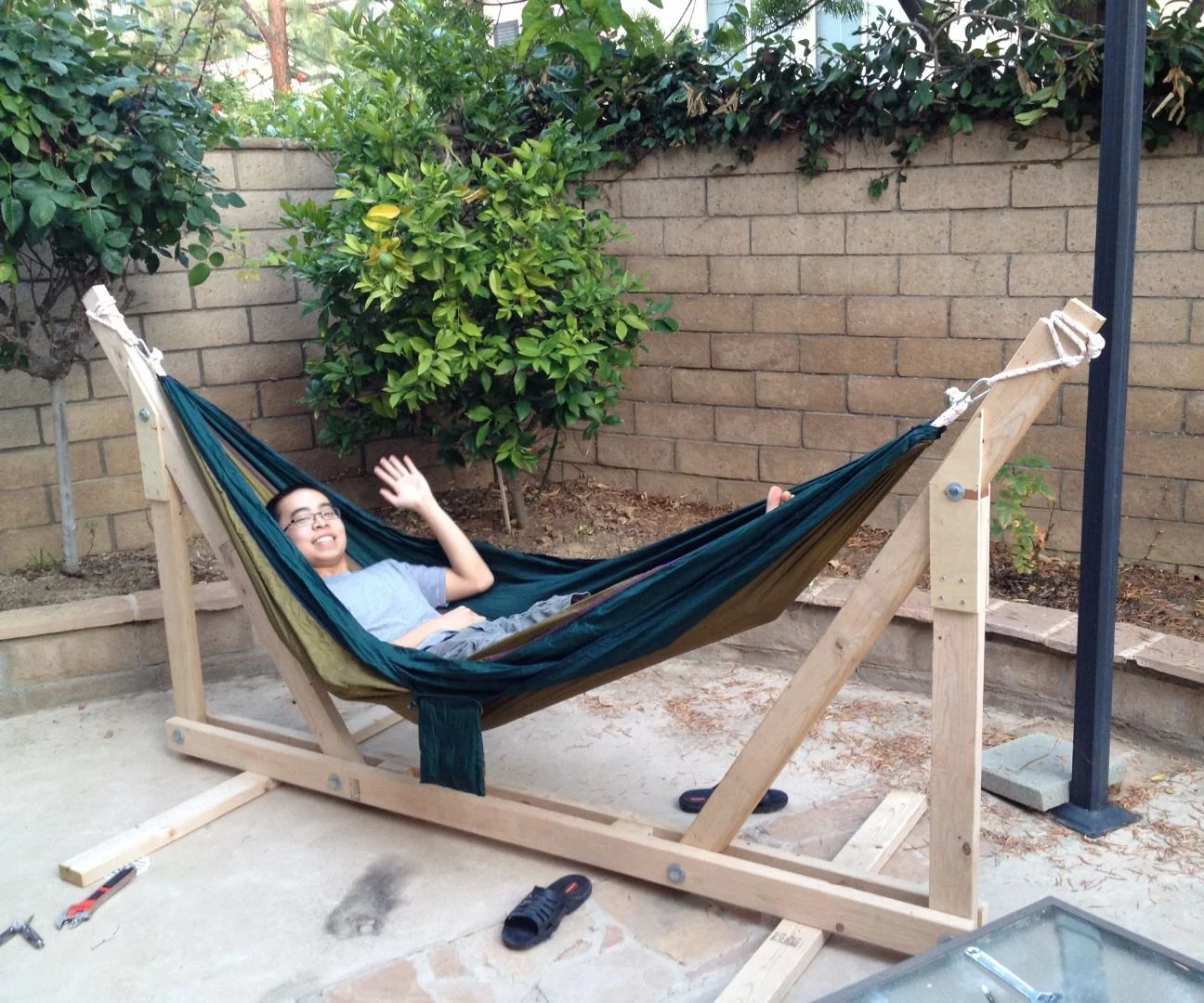
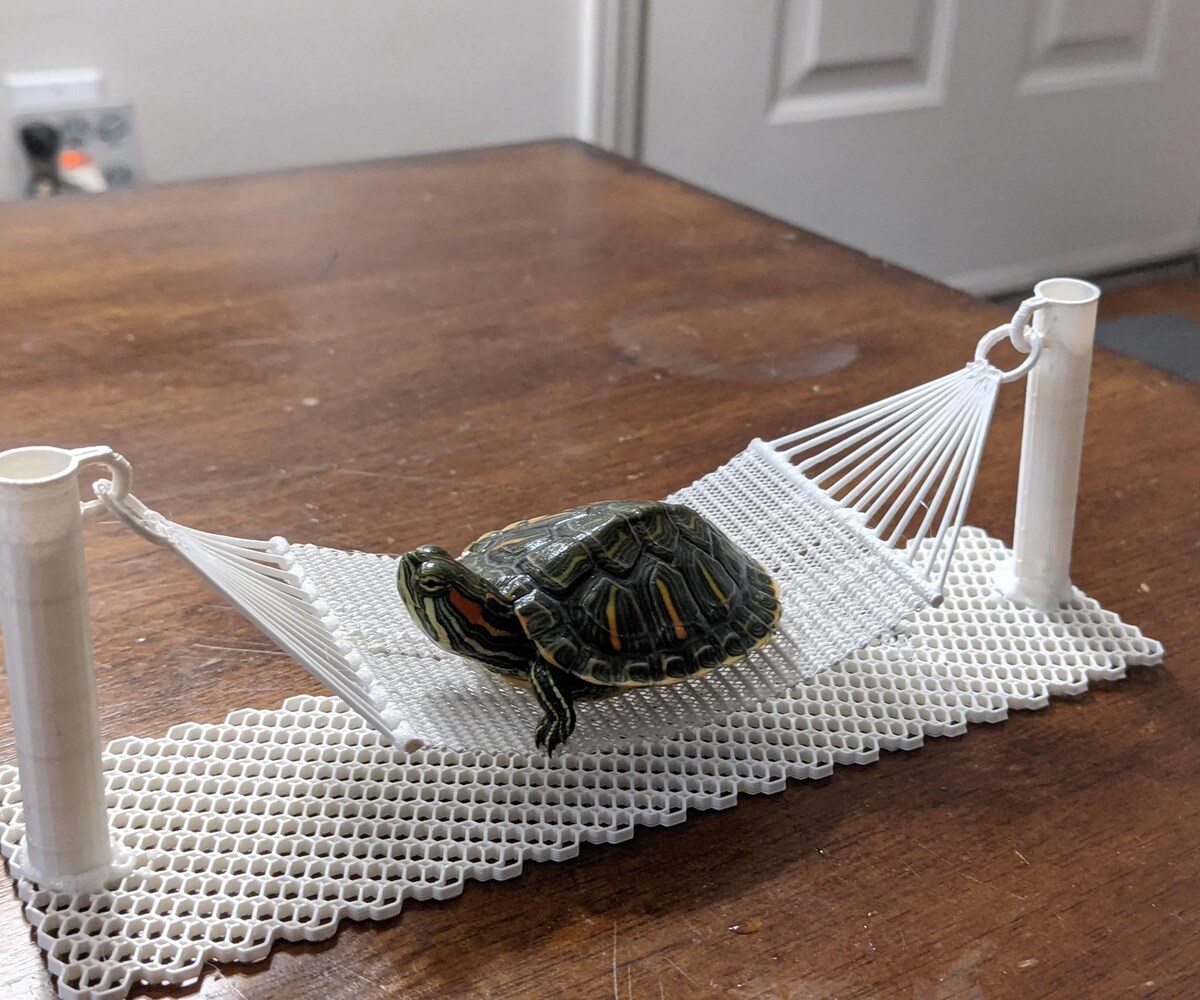

0 thoughts on “How To Choose A Hammock”